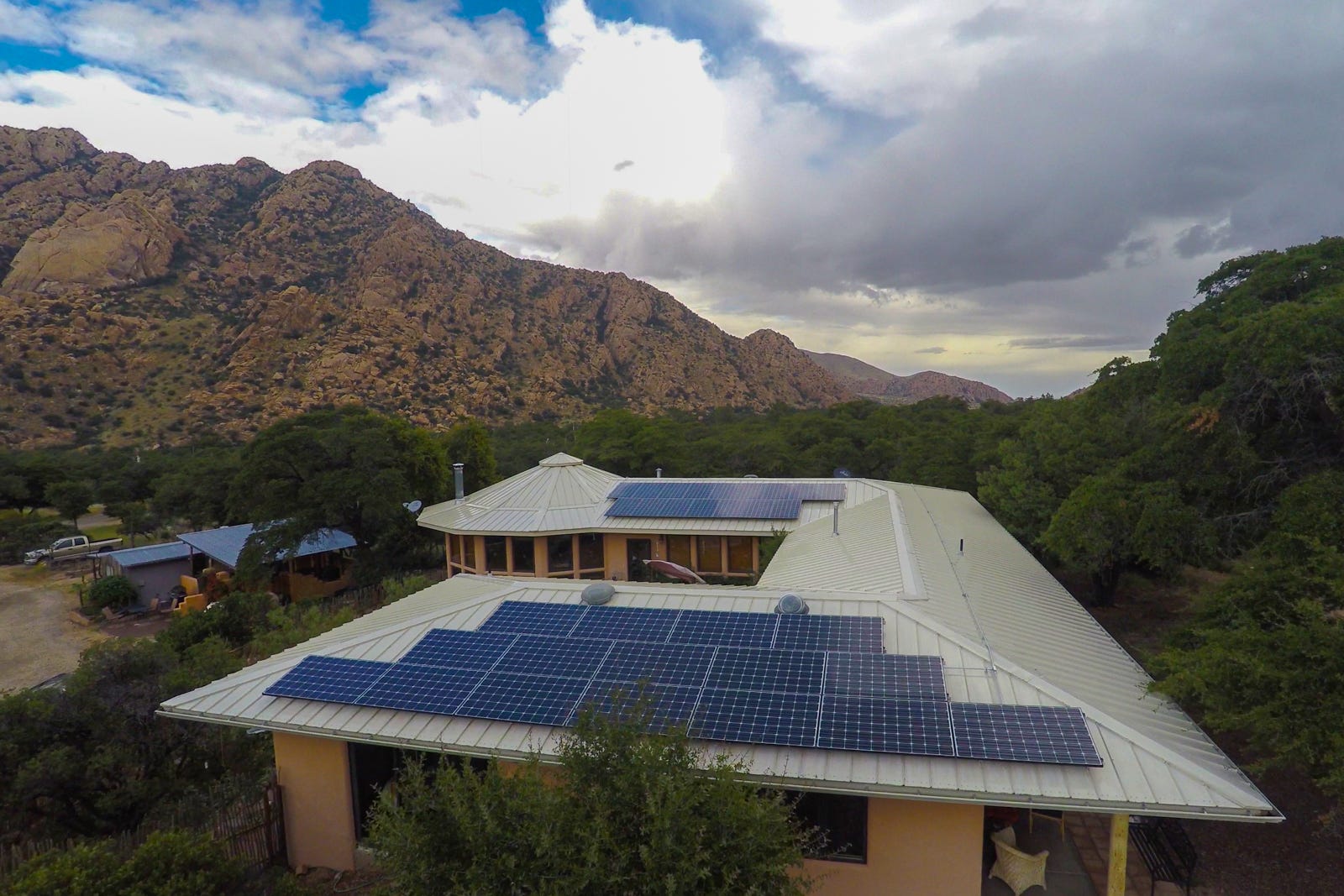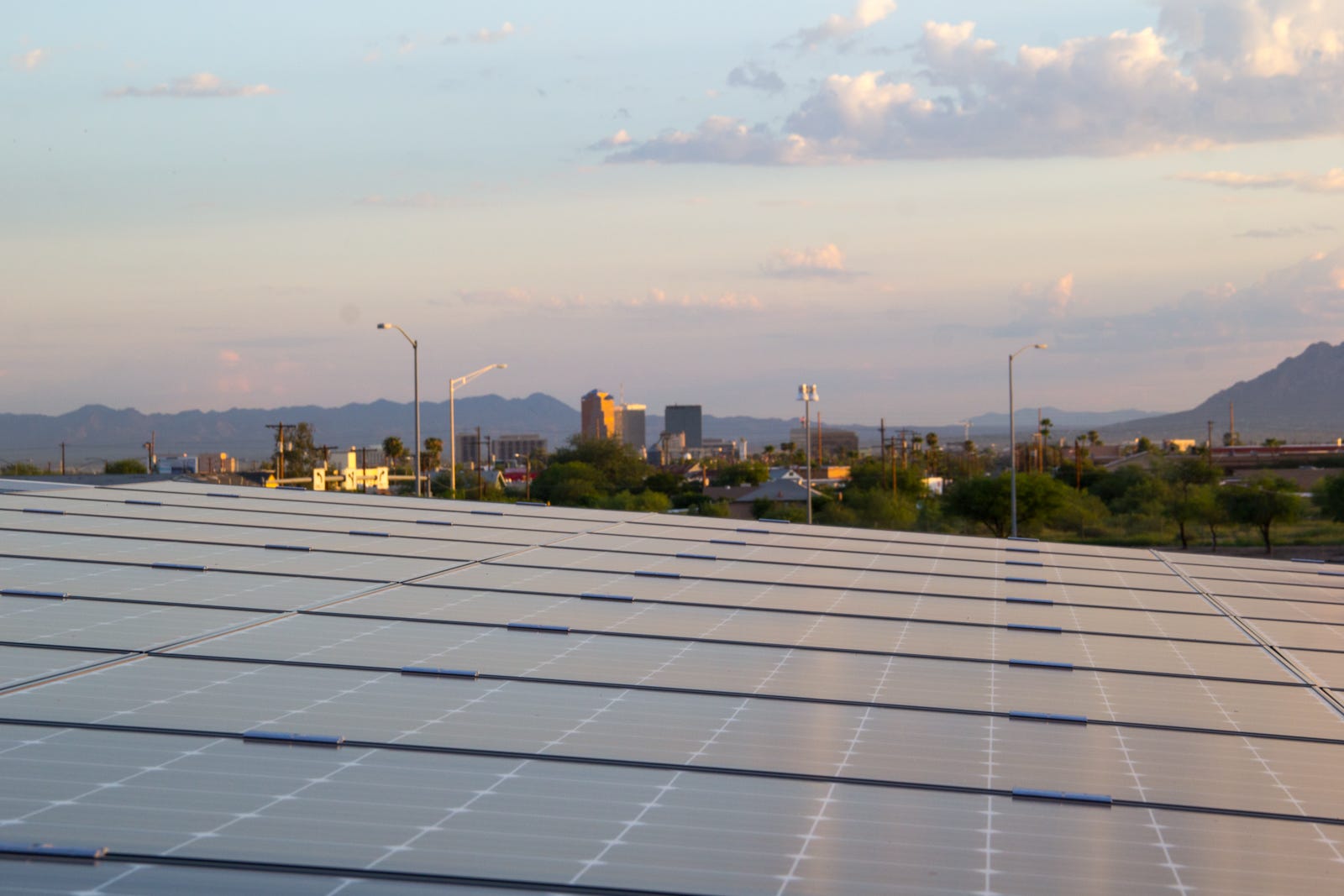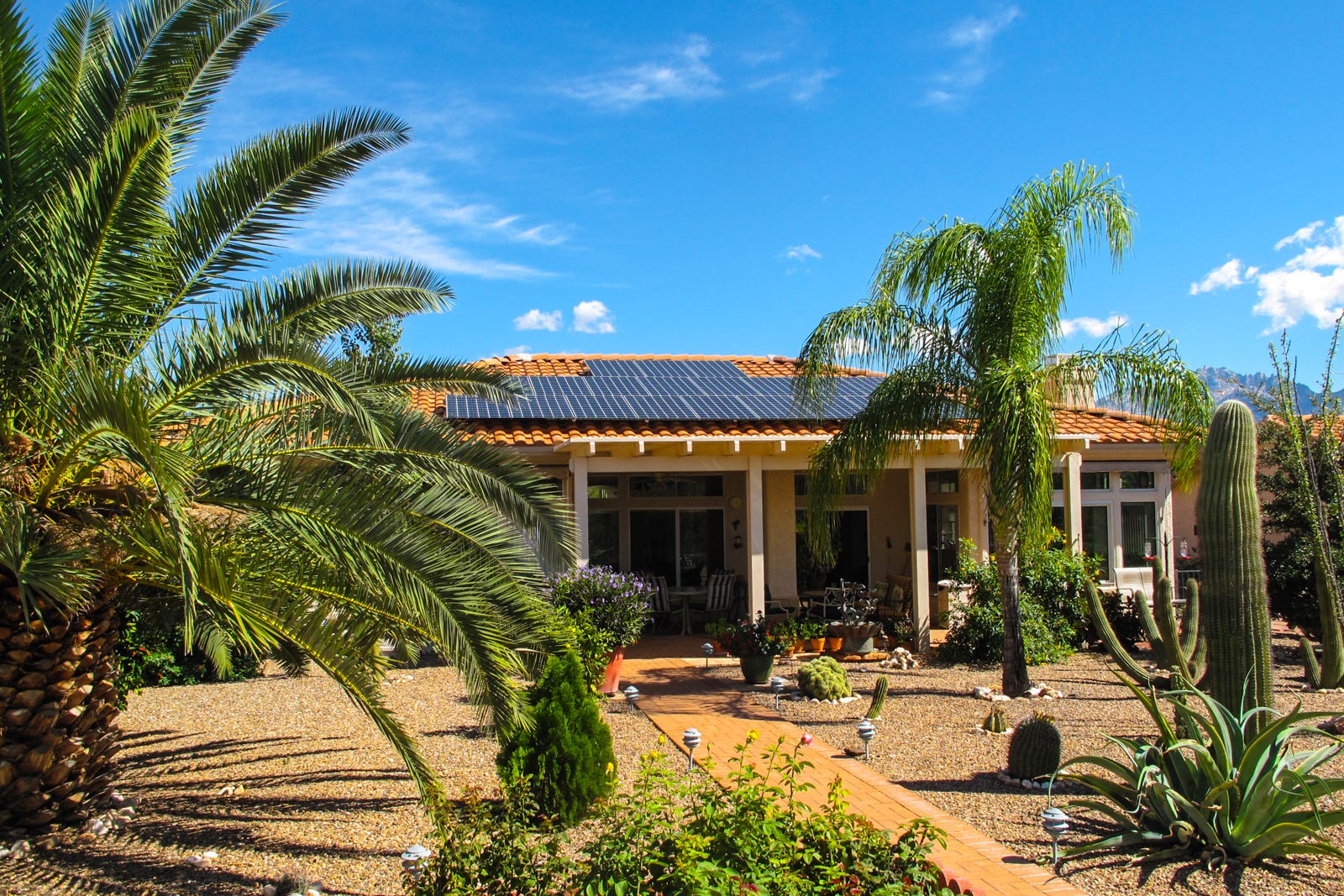(This post is reproduced from https://medium.com/@louiswoof/what-does-the-end-of-net-metering-in-arizona-mean-for-small-solar-installers-699be02141d9#.hhhj7s8es. Originally published January 19th, 2017)
It’s been almost a month since the Arizona Corporation Commission concluded their investigation into the value and cost of distributed generation by voting 4–1 to end net metering as we know it.
The simple policy of one-to-one credit of net metering will be replaced with a scheme that includes no banking of energy credits, and a steadily-dropping compensation for any energy that homeowners send back to the grid.
As you might imagine, at Net Zero Solar, we’ve been keenly discussing what this means for solar in the state, and particularly for small rooftop solar installers like us.

The basics
The decision replaces the current net metering policy implemented by the ACC in 2009. Under the decision, rooftop solar customers will receive full retail rate benefits from energy that they produce and use at the same time, but any distributed generation will be credited at a lower rate. Initially, this lower rate will be based on the price of utility-scale solar plants.
The specific export rate for each utility will be set in each rate case. Some utilities have already completed the first phase of these rate cases. Issues related to rooftop solar will be addressed in the second half of these cases. When a customer installs solar under the new scheme, they will be “locked in” at a specific export rate for ten years.
Consumers who already have solar will be “grandfathered” for twenty years from the date their solar was installed. The Commission also clarified their December decision. A customer who submits an application with their utility to install solar will be grandfathered, as long as they apply before the conclusion of their utility’s rate case.
Solar installers will need to be leaner
The solar industry has a well-documented record of reducing their prices to consumers over the years. Much of this has been driven by aggressive reductions in module and other component costs by manufacturers. But many rooftop solar installers have also worked to lower the “soft costs” of solar, such as customer acquisition, labor, permitting, and so on.
Small installers are going to need to continue this trend, while still providing excellent products and service. Improving process and efficiency will be critical, but improvements can’t be too expensive.
Distributors will need to understand the challenges faced by installers, and provide not only product, but also share insights on industry trends and engage in state-level policy discussions.
To keep the simple payback for cash purchasers to ten years or less under the new scheme, I estimate installers will need to reduce residential installed costs by between 4-15% per year, but outcomes of utility rate cases could shift this in either direction. This will particularly put increased pressure on customer acquisition costs, and will make loan and lease products very tough (if not impossible) to justify economically.

Storage won’t save us (yet)
During the hearing, some regulators made ill-informed statements implying that solar installers needed to become competitive, and that the ending of net metering would incentivize storage. (Of course, it’s rather ironic that regulators would hector an industry that has consistently become more efficient over its short lifetime, while protecting the profits of highly-uncompetitive utilities with stagnant business models).
While we have a long history working with energy storage at Net Zero Solar, and are excited for storage for the long term, it is in no way a cost-effective solution for today. With total lifetime costs for various lithium chemistry batteries in the range 20–30¢ per cycled kilowatt-hour, it just doesn’t pencil out.
With a retail cost for electricity of around 10¢, and the initial export rate expected to be in the order of 7¢, it would be foolish to spend 20¢ per kWh to store energy that’s only worth 3¢ per kWh (the difference between retail rates and export rates). As the excess generation rate declines toward the avoided over time, it may make sense for consumer to store their energy. But unless our our generally low energy prices in Arizona increase dramatically, storage costs would need to be 25–50% of their current levels to make economic sense.
Claiming cuts to net metering will incentivize storage in Arizona in the near term makes as much sense as claiming that if you crush my old Toyota pickup, I’m sure to go out and buy a Mercedes sedan. It’s not going to happen.
Over the long term, I expect storage costs will decline. And there is value in designing systems today that will easily incorporate storage, load control, and other advanced energy technologies in the future, such as the Enphase Home Energy Solution.
Some customers will chose to do storage soon anyway — just because they think the technology is cool, or they dislike utilities, or like the independence. But this will be a few early adopters, not a major part of the marketplace.
Installers will need to up their game with modeling, storage, load control, and other building management technologies
It’s reasonably trivial to calculate the financial benefits from a net-metered residential solar electric system with two-part rates, as long as you have monthly energy usage data and can accurately model monthly energy output from the system.
With no banking of energy credits, and a differing rate for imports and exports, things get more difficult. Solar installers will need to obtain detailed energy use data for potential clients, and predict each energy flow on a second-by-second basis to understand financial payback, since maximum self-consumption will produce maximum financial benefit. This will force installers to get more savvy with energy modeling, and become proficient software such as Energy Toolbase.
Load control and other building management strategies will also play a key part. From sales through installation and follow-up, employees at installers will need to be able to offer integrated solutions that are easy for the consumer to understand and implement.
Customers will have to accept more uncertainty
With this decision, consumers will have to accept more uncertainty regarding the financial payback for their systems. First, they will only be assured of a fixed export rate for ten years from the date of interconnection. After that, exported energy may be worth as little as avoided cost. I hope that by that time, costs will decrease enough make storage installation economically feasible.
Second, specific energy use patterns will directly affect how much energy is used from solar as it is produced, and how much is sent back to the grid at a lower compensation level. For example, a consumer who leaves town for a month and turns off all electric loads will receive only the export rate for all energy produced during that time.
Utility Death Spiral? Not So Much
Arizona’s utilities are the clear winners in this decision. They have managed to stave off some of the relatively minor competition posed by the rooftop solar industry, while putting forth the unreal narrative that solar customers are “cost-shifting” to other customers. All from an industry that enjoys monopoly protections, a guaranteed rate of return, and in the case of Arizona Public Service, spends millions electing their preferred regulators.
Utilities will continue to accelerate implementation of utility-scale solar and other renewables that they can monetize, and generally advocate policies that dis-incentivize customer-owned rooftop solar.

What’s our narrative?
As we move into a new energy policy era in Arizona, it will be important to tell a clear and compelling story about our energy future. Consumers need to know that their solar installer is taking all necessary steps to meet the challenges ahead.
Even with this significant setback, I believe rooftop solar will still be an important part of Arizona’s energy mix. Clean energy choices, storage, and new energy management solutions are exciting! Small business and local jobs are critical to keeping our economy strong.
Have thoughts on the future of rooftop solar in Arizona? Please share them below.




